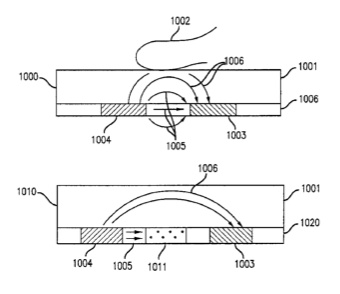Future iPhones and Apple Watches could be used to determine your body volume and shape as evidenced by a new patent filing by Apple.
About the patent filing
The patent filing relates generally to handheld electronic devices and, more particularly, but not exclusively, to body volume/shape determination using handheld devices.
In the patent filing, Apple notes that acquiring the volume of a person typically requires a dedicated optical system to map out the person’s body. The most accurate hardware used for determining a person’s volume is large, complex and/or cumbersome, making it difficult to integrate into small consumer electronic devices that are convenient for users.
This means there’s a tradeoff between the ease of use and measurement capabilities. Apple says there’s a need for a new method to perform on-demand and continuous body-volume measurement using a handheld device such as an iPhone, Apple Watch — or even an iPad or HomePod.
What is body volume?
Body volume allows for differentiation among persons of the same BMI (body mass index) by assessing the distribution of fat through the various parts of the body and distinguishing the different body shapes.
The importance of body shape has been acknowledged, and user-friendly tools like “waist circumference” and waist-to-hip ratio are currently in use. Attempting to move beyond these familiar methods, a BVI (body volume index) was launched in 2007 with the aim of accurately measuring body shape for obesity, using a 3D scanner. Per the patent filing, Apple is at least considering adding such ablities to some of its devices.
Summary of the patent filing
Here’s Apple’s abstract of the patent filing: “Aspects of the subject technology relate to a system including a reference device, a measurement device and a processor. The measurement device provides a three-dimensional (3-D) point map corresponding to first positions of a plurality of selected points on a torso of a user.
“The processor determines a shape of the torso based on the 3-D point map. The measurement device is sequentially placed on the plurality of selected points, and the 3-D point map represents the first positions of the plurality of selected points relative to a second position associated with a location in 3-D space of the reference device.”
Article provided with permission from AppleWorld.Today




